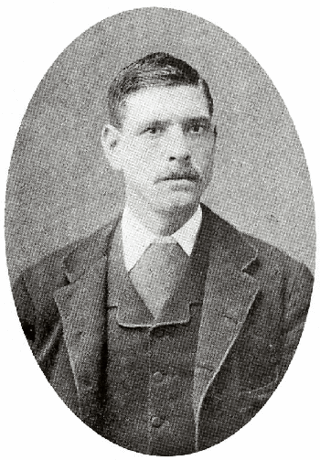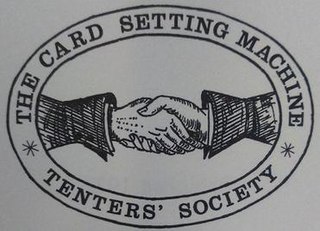Related Research Articles

The Swing Riots were a widespread uprising in 1830 by agricultural workers in southern and eastern England in protest of agricultural mechanisation and harsh working conditions. The riots began with the destruction of threshing machines in the Elham Valley area of East Kent in the summer of 1830 and by early December had spread through the whole of southern England and East Anglia. It was to be the largest movement of social unrest in 19th-century England.
The Dock, Wharf, Riverside and General Labourers Union (DWRGLU), often known as the Dockers' Union, was a British trade union representing dock workers in the United Kingdom.

Joseph Arch was an English trade unionist and politician, born in Barford, Warwickshire, who played a key role in unionising agricultural workers and in championing their welfare. Following their enfranchisement, he became a Member of Parliament.

William James Thorne CBE was a British trade unionist, activist and one of the first Labour Members of Parliament.
More than 1,500 African American officeholders served during the Reconstruction era (1865–1877) and in the years after Reconstruction before white supremacy, disenfranchisement, and the Democratic Party fully reasserted control in Southern states. Historian Canter Brown Jr. noted that in some states, such as Florida, the highest number of African Americans were elected or appointed to offices after the end of Reconstruction in 1877. The following is a partial list of notable African American officeholders from the end of the Civil War until before 1900. Dates listed are the year that a term states or the range of years served if multiple terms.

Colonel Sir Charles Edward Howard Vincent, known as Howard Vincent or C. E. Howard Vincent, was a British soldier, barrister, police official and Conservative Party politician who sat in the House of Commons from 1885 to 1908.
The Ascott Martyrs were 16 women from the village of Ascott-under-Wychwood in Oxfordshire, England who were imprisoned in 1873 for their role in founding a branch of the National Union of Agricultural Workers.
The National Amalgamated Union of Labour (NAUL) was a general union in the United Kingdom.

The Card Setting Machine Tenters' Society (CSMTS) was a trade union representing workers responsible for setting up textile carding machines in the United Kingdom.

The National Agricultural Labourers Union (NALU) was a trade union representing farm workers in Great Britain.
The Warwickshire Miners' Association was a trade union representing coal miners in the Warwickshire area of England.
The Cambrian Miners' Association, also known as the Rhondda District Miners' Association, was an early trade union representing coal miners in the Rhondda Valley, in Wales.

Henry Taylor was a British trade union leader.
The Lincolnshire Labour League or Amalgamated Labour League was a trade union representing agricultural labourers in Eastern England.
The Leicester and District Trades Union Council brings together trade unionists in and around Leicester, in England.
References
- 1 2 3 Groves, Reg (1949). Sharpen the Sickle. London: Porcupine Press. pp. 65–85.
- 1 2 3 4 5 Smethurst, John B.; Carter, Peter (2009). Historical Directory of Trade Unions. Farnham: Ashgate. pp. 42–43. ISBN 9780754666837.
- ↑ "Election intelligence". The Standard. 12 October 1885.
- ↑ "Split in a labourers' union". Daily News. 6 June 1892.
- ↑ Booth, Charles (1903). Life and Labour of the people in London. Vol. 3. London: Macmillan. p. 471.